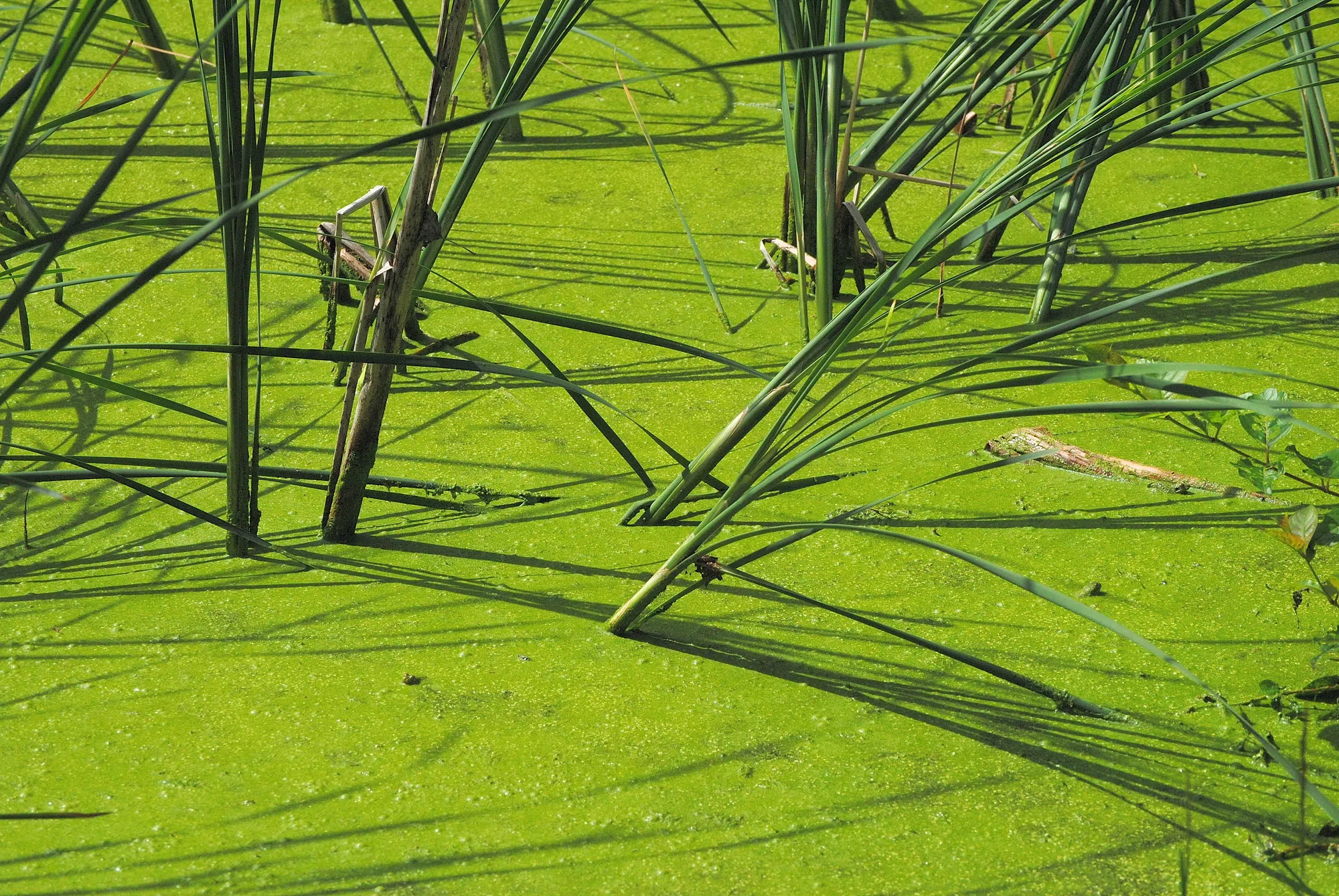A new study of 80 lakes across Canada suggests climate change is the major driver of surging algae growth in recent decades. The study says average algae growth has increased sevenfold since the 1960s, compared to the previous century. The study doesn’t pinpoint what lakes could be facing dangerous levels. But lead author Hamid Ghanbari of Universite Laval says that too much algae growth can lead to toxic algae blooms and suck oxygen from lakes.
“If it reaches to a level being considered dangerous so we will see some consequences. It its going to harm the lake ecosystem. It’s gonna hurt the wildlife around it and also it’s gonna hurt our wallet because it costs money.”
The study found changes were more pronounced in lakes near human impacts on the environment but were still seen far away from farms, mines and forestry.
Co-author and McGill University biologist Irene Gregory-Eaves says Canada has a responsibility to look after its lakes.
“I mean I would hope that this is, like, a big megaphone for getting people interested in climate change. Trying to put pressure on government to make sure that strong policies and laws are in place to bend the curve on emissions.”
Algae is the base of the lake food web, but too much of it can suck oxygen from the lake and spawn toxic algal blooms.
(The Canadian Press)









Comments